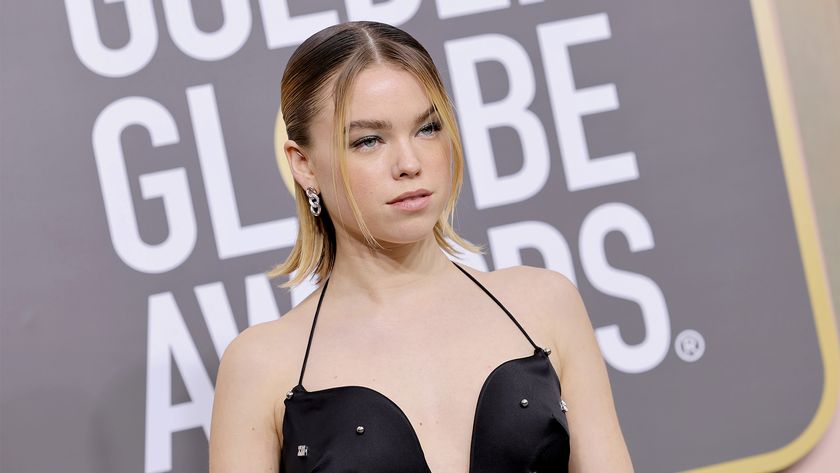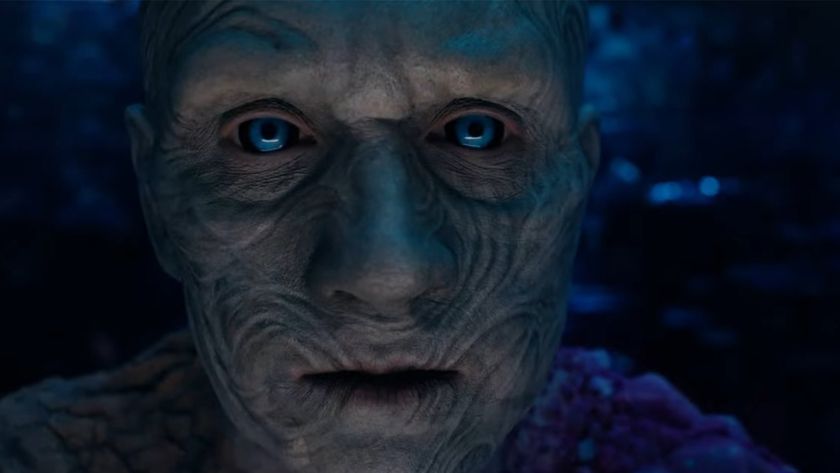Why DC needs to stick with Zack Snyder after Justice League
Justice League shouldn’t be the end of Zack Snyder’s relationship with Warner Bros.
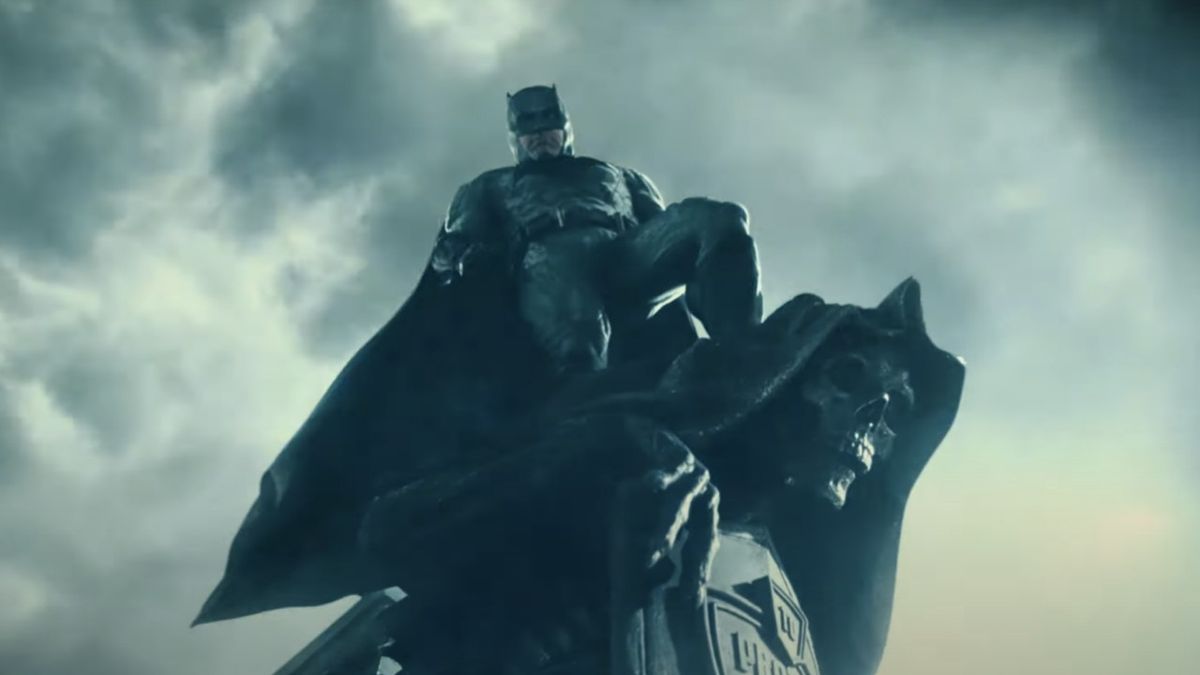
There’s no getting away from it: Zack Snyder is a polarising figure. Worshipped by a vocal section of the internet, his movies – Batman v Superman, Man of Steel, 300, Watchmen – have been met with a mixed critical reception, often ending up more ridiculed than revered. All it takes is a word – “Martha” – to seemingly reduce his oeuvre to grimdark ashes. But beyond his director’s cut of Justice League, Snyder shouldn’t just be an option for DC’s brave new world, he should be essential to it.
In the wake of a New York Times report that suggested six movies a year would be released revolving around everyone from Batgirl to Static Shock, there was also a mention of Snyder’s prospects of a return to the DCEU. Namely, there was none. His Justice League project, set for a March release on HBO Max, was described as a “cul-de-sac.”
But it shouldn’t be. It should, instead, be the first step in a new universe. Despite Snyder saying he has “no plans” (via ComicBook Debate) to make any more DC movies, the cinematic universe which he helped create desperately needs continuation, not closure at this juncture. That’s especially pronounced now that HBO Max is itching for a ‘killer app’ that can consistently draw the eyes of new and current subscribers.
Offering Snyder a sequel or an opportunity to carry forward his cast of characters, including Henry Cavill’s Superman, is the best way to ensure a large section of those fans stay on board. More pressingly, it provides some sorely needed connective tissue, the same that helped propel Marvel Studios into the stratosphere with its finely-tuned tapestry of overlapping comic book movies.
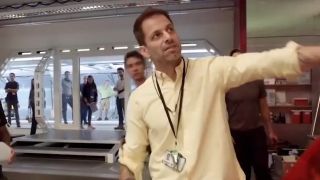
After all, DC’s slate is currently a scattergun approach. The Batman has no ties to The Suicide Squad, which has no ties to Shazam. The upcoming Flash movie will complicate things further by re-introducing Michael Keaton as the Caped Crusader. With potentially multiple Batmen and Jokers under the same umbrella, it could cause confusion with the general audience.
The introduction of the multiverse, admittedly, is a neat move. Its primary purpose is to allow several individual stories take place without the need for them to logically fit together. But the multiverse is also a disparate approach, that requires each of DC’s movies to start from the bottom at a time when they could be soaring. Reboots and origin stories, instead of sequels that are far-reaching and world-building, suddenly become the norm.
Marvel doesn’t have a monopoly on cinematic universes, nor does DC have to mirror that entirely, but some baked-in characters – even if it’s Snyder playing in his own sandbox with a ‘Snyder-verse’ – is crucial.
Sign up for the Total Film Newsletter
Bringing all the latest movie news, features, and reviews to your inbox
It cannot be overstated how important it is that Snyder has already done the legwork in setting up his own universe. General audiences tire of reboots – think the lukewarm response to The Amazing Spider-Man just a few years after Tobey Maguire was in the role of Peter Parker – and there are only so many times you can see the Last Son of Krypton fall into a field in Kansas. There’s a reason why Aquaman made over a billion dollars and Batman v. Superman made close to $900m – and it’s because they were each the next chapter in characters and concepts brought to life by the divisive director.
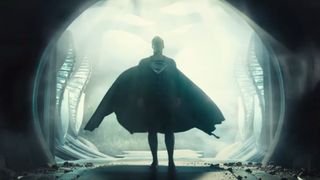
By giving Snyder carte blanche (or as close to it as Warner Bros. allows), the DCEU reclaims that semblance of a vision. Like him or loathe him, Snyder goes all-in on what he perceives to be the best choice for his universe. Whether it’s sowing the seeds for a long-term story arc through dream sequences, or presenting wholly unique on-screen takes of iconic characters with Jason Momoa’s Aquaman, these moments become ingrained in the shared consciousness of comic book movie fans. Even “Martha” lives long in the memory because it was such a wild swing. They may not always land, but they always make an impact. Put it this way: I’d rather watch a 5/10 Snyder movie than a safe, studio-approved, cookie-cutter 7/10 superhero movie.
It’s an approach that has already worked for Warner Bros, too, and it would be a mistake if it were to stray from that path. If Wonder Woman 1984 had been helmed by anyone other than Patty Jenkins, the director of the original movie, that franchise would look in jeopardy. Her presence, despite a mixed fan reaction, steadies the ship for the fast-tracked threequel in much the same way Snyder would act as the bridge between DC’s past and present.
More than anything, though, Snyder represents more than the director, more than DC’s past, and more than Man of Steel, Batman vs. Superman, and Zack Snyder’s Justice League. He has a unique tie to the fans; this cult of personality should be viewed as a positive one with the studio (among the rest of Hollywood) looking for a way to restore confidence in the moviegoing experience in the coming years, whether at home or in cinemas.
Ignoring the fans almost always hurts the bottom line in the long run and, whatever your opinion on his craft, Snyder gets people talking. That sort of buzz is sorely missing at present – but could help bolster DC’s popularity, just as long as they allow him to re-enter and pass the threshold of the house that Snyder built.
I'm the Senior Entertainment Writer here at 12DOVE, focusing on news, features, and interviews with some of the biggest names in film and TV. On-site, you'll find me marveling at Marvel and providing analysis and room temperature takes on the newest films, Star Wars and, of course, anime. Outside of GR, I love getting lost in a good 100-hour JRPG, Warzone, and kicking back on the (virtual) field with Football Manager. My work has also been featured in OPM, FourFourTwo, and Game Revolution.

